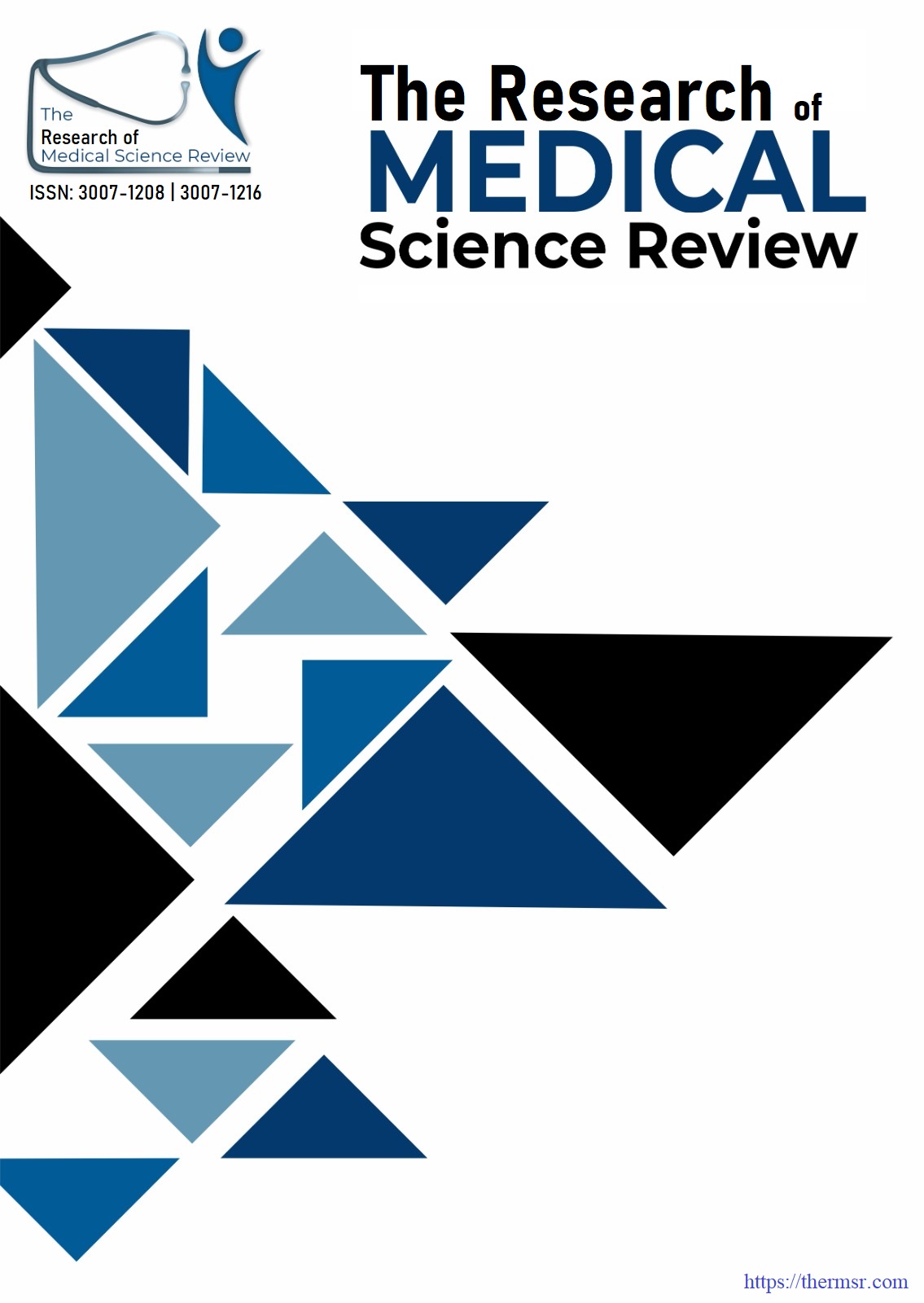EFFICACY OF NEWER GLP-1 RECEPTOR AGONISTS ON NON-ALCOHOLIC FATTY LIVER DISEASE IN TYPE 2 DIABETES
Keywords:
NAFLD, GLP-1 receptor agonists, semaglutide, type 2 diabetes, liver fibrosisAbstract
Background: Nonalcoholic fatty liver disease (NAFLD) is a prevalent condition linked to obesity and type 2 diabetes mellitus (T2DM), with rising global incidence. Glucagon-like peptide-1 (GLP-1) receptor agonists, such as semaglutide, have shown potential in managing NAFLD, but evidence remains conflicting. This study aimed to evaluate the efficacy of semaglutide in improving NAFLD outcomes among T2DM patients. Methodology: A quasi-experimental study was conducted at CMH, Sialkot, involving 120 T2DM patients with NAFLD (60 per group). Group A received subcutaneous semaglutide (0.1 mg/week) for 24 weeks, while Group B received standard therapy. Primary outcomes included NAFLD resolution (reversion to F0-F1 on Fibroscan) and fibrosis improvement (≥1 stage reduction). Secondary outcomes assessed metabolic changes (BMI, HbA1C). Data were analyzed using SPSS v22, with p ≤ 0.05 considered significant. Results: Semaglutide significantly outperformed standard therapy in NAFLD resolution (40% vs. 17%, p = 0.003) and fibrosis improvement (43% vs. 13%, p < 0.001). Metabolic benefits included greater reductions in BMI (−2.3 ± 1.1 kg/m² vs. −0.5 ± 0.8 kg/m², p < 0.001) and HbA1C (−1.2 ± 0.6% vs. −0.4 ± 0.5%, p = 0.002). Subgroup analysis revealed higher efficacy in obese patients (BMI ≥ 30 kg/m²) and early fibrosis stages (F2).
Downloads
Downloads
Published
Issue
Section
License

This work is licensed under a Creative Commons Attribution-NonCommercial-NoDerivatives 4.0 International License.















